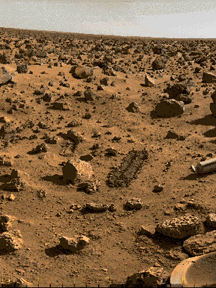This image shows some of the soils of Mars from the Viking 2 landing site, Utopia Planitia.
Click on image for full size
NASA
Martian Soils
The first analysis of Mars' soil from Viking landers found no evidence of life, instead showing that organic molecules are even more scarce than on the Earth's moon. The Viking missions did confirm the presence of water in the soils and atmosphere, in both solid and vapor form. The soils found near the rocks explored by Mars Pathfinder's Rover were similar to those found by Viking I (check the large topographic map of Mars for the distances between these two landing sites), even though the rocks were not. At the Viking landing site the rocks were commonly coated with a bright red dust, while at Ares Vallis, these rocks were rare. Instead the rocks seemed to be mostly dark gray in color. This suggests that soils of Mars may be the same throughout the globe, perhaps carried all over Mars by global dust storms.
You might also be interested in:
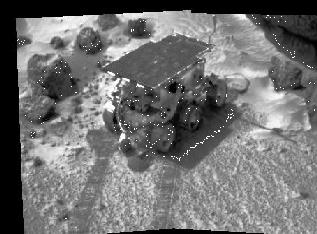
Spinning the Rover's rear wheels was one way for scientists to test the soil of Mars. As the wheels dug into the surface, the Rover discovered that much of the ground is made of dust, possibly deposited
...more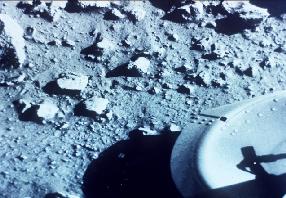
The Viking I and Viking 2 missions were to both orbit Mars and land on the planet's surface. There were two spacecraft for each mission. At this stage in the history of the exploration of Mars, scientists
...more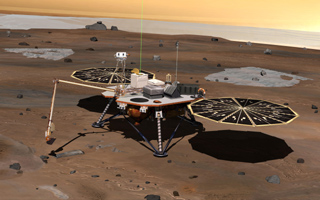
NASA has a new spaceship on Mars. The robot is called the Phoenix Mars Lander. Phoenix landed near the North Pole on Mars. This page tells about the mission of Phoenix. It also describes the instruments
...more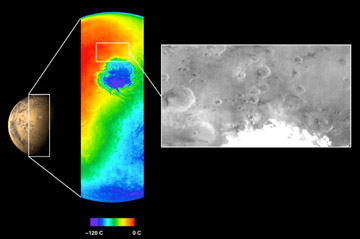
The Mars Odyssey was launched April 7, 2001. After a six-month journey, the Odyssey arrived at Mars on October 24, 2001. The instruments onboard the Mars Odyssey will study the minerals on the surface
...more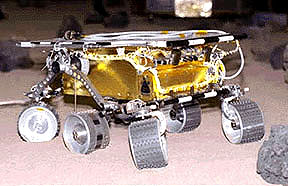
The Mars 2005 mission is still in the planning stages. It is set to launch in the year 2005.
...more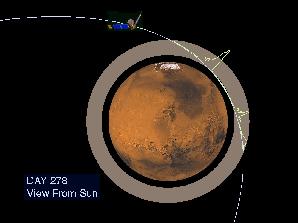
Aerobraking slowed the Mars Global Surveyor down when it reached Mars. Aerobraking also helped MGS to get into the right orbit for mapping the surface of Mars. Aerobraking means that the MGS flew through
...more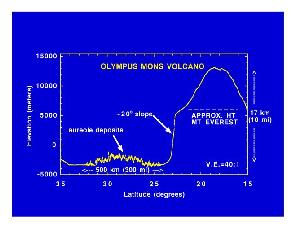
Mars Global Surveyor carries an instrument which measures the heights of things. This instrument is called an altimeter, or "altitude-meter". The graph to the left shows the results returned from Mars
...more


